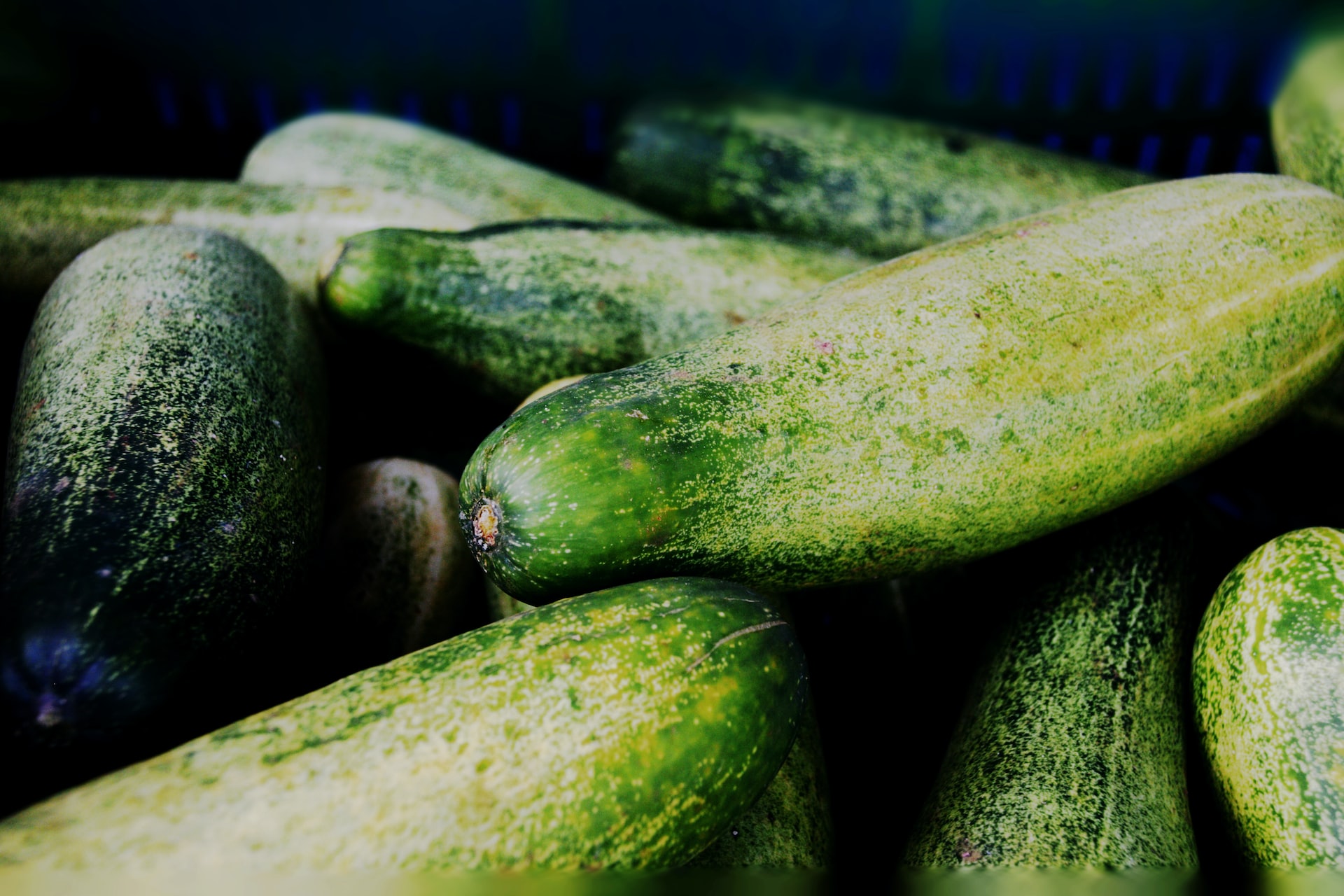
A Deep Dive into World Cucumber Production and Trade Flow
Introduction
Cucumber production plays an important role in the global economy. The vegetable is a key ingredient in many cuisines around the world, and its popularity is only increasing. The growing popularity of cucumbers has led to increased demand for the vegetable. This is why world production of cucumbers has been steadily increasing in the past two decades.
Just in the period between 2010 and 2019, world cucumber production recorded a 3.8% annual average growth. This translates to an increase of 25,307,445 in world cucumber production in 2019 compared with global cucumber production in 2010. It also reached the historical peak production of 87,805,086 in 2019, driven by the huge global cucumber demand. (p. 11)
Global export and import of cucumbers have also increased considerably. (p. 5) There are 129 countries that reported importing at least a ton of cucumbers in 2019. (p. 17) Meanwhile, cucumber exports recorded an average annual growth of 4.2% from 2000 to 2019. (p. 18)
This blog will further tackle the world cucumber production in detail, and unveil the key players in the consistently growing cucumber trade globally.
World Cucumber Production in Detail
Harvest area for cucumbers remained relatively stable in the past decade, ranging from 1.87 to 2.23 million hectares. (p. 10)
Despite this, world cucumber production continued to climb. From an average global cucumber yield of 18.5 tons per hectare in 2000, it rose to its peak of 39.4 tons per hectare in 2018. (p. 11)
As of 2019, 132 countries contributed to this continuously growing cucumber production in the world. Of this number, 3 countries produced over 100,000 tons of cucumbers annually.
In terms of production volume, China is the undisputed leader, which produced about 70.2 million tons, representing 80.1% of world cucumber production. (p. 12) It also has the largest cucumber harvest area, covering 56.3% of the world’s total cucumber cultivation area, or about 1.2 million hectares. Its cucumber-growing area is so big that it is even larger than the harvest area of 126 cucumber-growing countries. (p. 13)
China is followed by Turkey, with 1.9 million tons of cucumbers produced in 2019; Russia with 1.6 million tons, and Ukraine with 1.0 million tons. Other cucumber producers, such as Iran, Uzbekistan, Mexico, Spain, the US, and Japan each produce less than 1 million tons of cucumbers per year. (p. 12)
While China leads in terms of cucumber volumes, European countries surpass it in terms of average tons per hectare. The top 10 countries in terms of average tons per hectare of cucumbers produced are all from Europe, which all produce more than 170 tons per hectare. (p. 14) Meanwhile, China lags behind with 55.9 tons per hectare. (p. 13)
World Cucumber Trade
As world cucumber production increased, global imports also rose. Import volumes of cucumber more than doubled to about 3 million tons in 2019, from imports of 1.2 million tons in 2000. This represented an average annual growth of 4.7% during the period. (p. 16)
In 2019, there are six countries that imported more than 100,000 tons of cucumbers. Of these six countries, the US is the leading importer of cucumbers in the world. The country imported 975,217 tons of cucumbers in 2019, representing 32.4% of the world’s cucumber imports.
The US obtains most of its cucumber imports from Mexico, which makes the Latin American country the largest export of cucumbers. (p. 5) Trade flow from Mexico to the US also increased by about 30% in the five years ending in 2019. (p. 5)
Other countries that imported over 100,000 tons of cucumbers in the same period were Germany, Iraq, the UK, the Netherlands, and Russia. But while Mexico leads in terms of export volumes, its cucumber export value, which is equal to USD 557 million in 2019, was much lower than other countries. In 2019, Mexico’s total cucumber exports were 782,161 tons, or 24.9% of the world’s cucumber exports.
Spain, the second largest importer of cucumbers in the world, had an export value of USD 675 million for 709, 026 tons of cucumber exports. Iran’s 270,015 tons of cucumber exports in 2019 were valued at USD 1,066 million. (p. 19)
China, which produces the most cucumbers in the world, only sits as the seventh largest exporter of cucumbers in the world. It exported 67,451 tons of cucumbers in 2019, only representing 2.1% of the world’s cucumber exports.
ProducePay: Connecting Produce Buyers to Best-in-Class Blackberry Growers
Through the ProducePay Marketplace, wholesalers, distributors, and retailers can have easy and convenient means to buy quality cucumbers from growers in various regions.
The ProducePay Marketplace provides a matchmaking process, allowing produce buyers to quickly find growers that meet their specific produce and volume requirements.
ProducePay can also offer various tools, such as sales analyses and market reporting. In addition, growers can utilize ProducePay’s financing options that help support their financial flow, to help further boost their cucumber outputs without the need for collateral.
Contact us to know more about how ProducePay Marketplace can assist with your produce trade.
Source:
